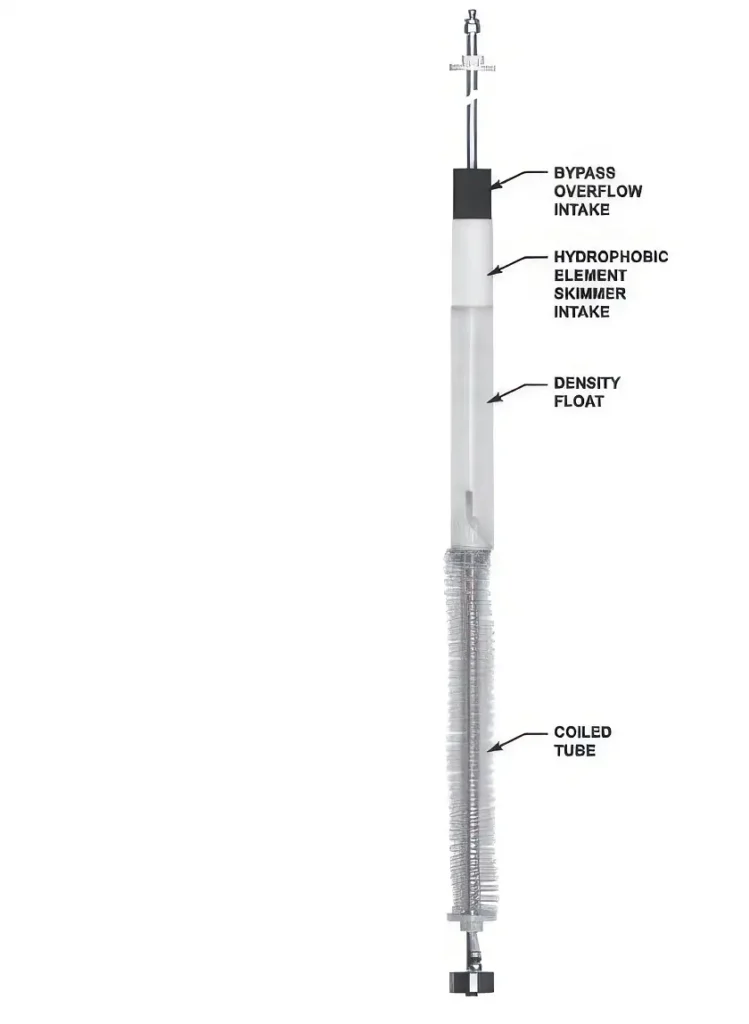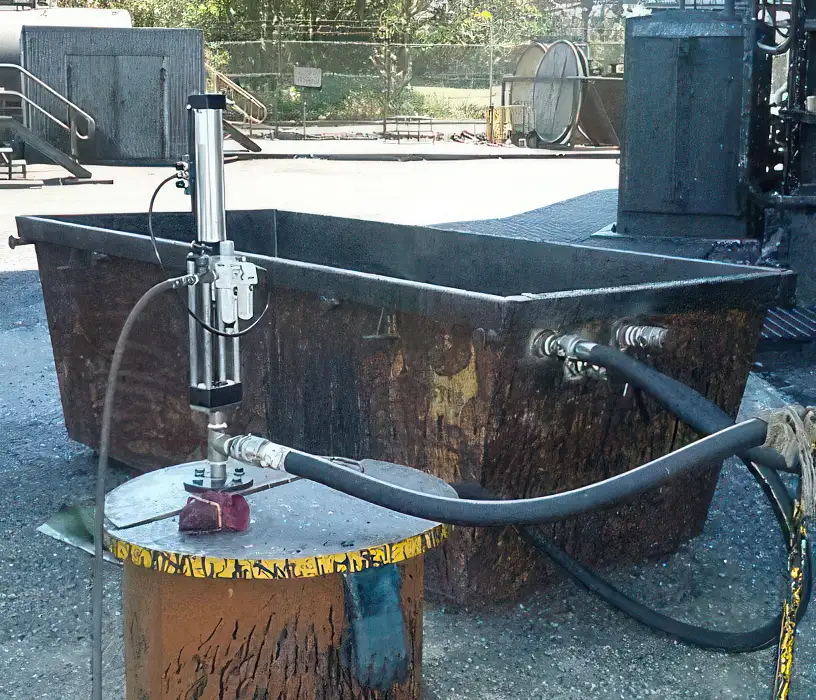PISTON PUMPS REPLACE AIR LIFTS AT DEEP GASOLINE-SPILL PLUME TO RECOVER PRODUCT, NOT WATER
When a large gasoline spill in the Eastern U.S. produced a toxic plume 140 feet below surface, 11 popular-model air-lift pumps were installed in 4-inch-diameter wells to recover the product. But when the pumps brought up groundwater along with the product, the remediation engineer instead specified Blackhawk electric and pneumatic piston pumps.
The Blackhawks proved to be the only pumps that could reach the depth, pump the product without disturbing the formation (emulsification) and provide controlled drawdown and pump rates, according to the staff engineer for the environmental management and consulting engineering company contracted for the cleanup.

